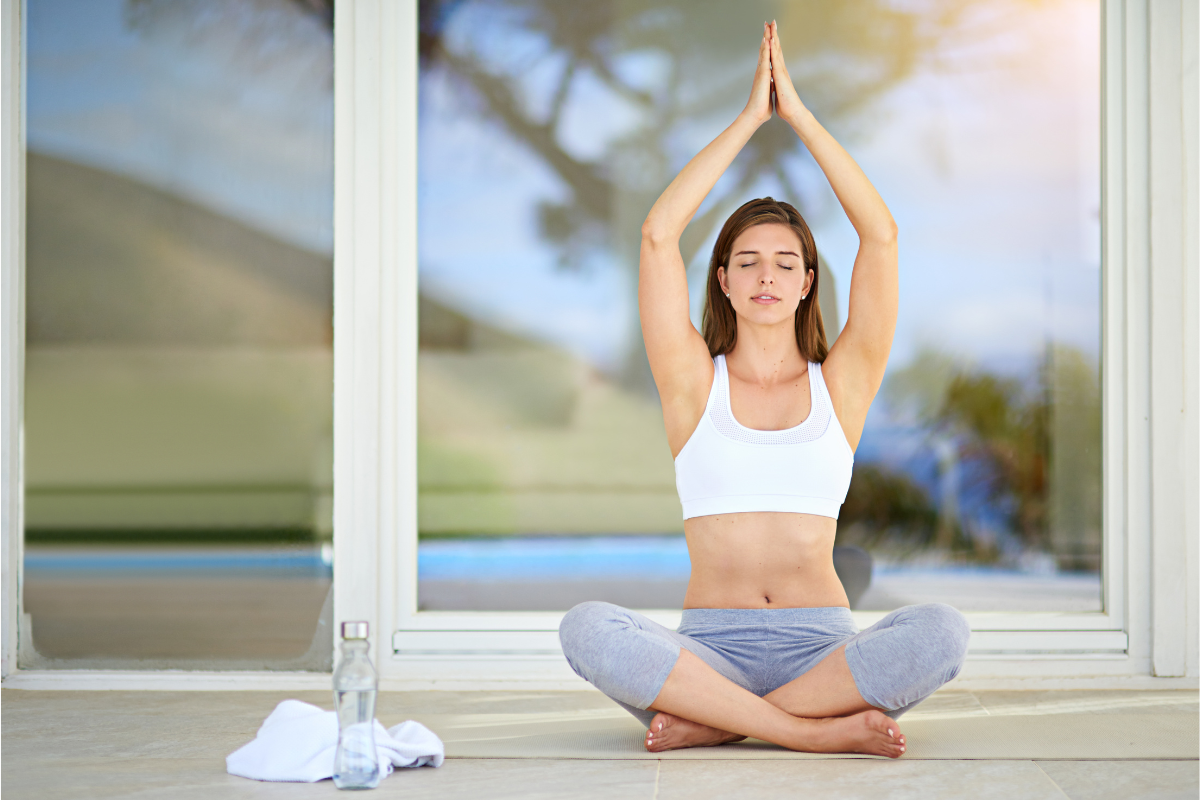Are you tired of feeling bloated and uncomfortable from constipation? You aren’t alone!
According to the National Institute of Health, approximately 16% of the general population is affected by constipation. This estimate varies from 0.7% to 79% based on the geographical location and cultural habits of a population, but it’s safe to say that it is an extremely widespread condition. If you are among the millions of people worldwide who suffer from constipation, then you’ll know just how negatively it can affect your quality of life. But the good news is that there are many simple and easy-to-learn exercises you can do to help relieve constipation.
First of all, it's important to understand what constipation is and what causes it. Constipation is defined as having fewer than three bowel movements per week or having trouble passing stools and it can affect anyone regardless of age and gender. It happens when the muscles in the colon don't work properly to push waste out of the body. There are a variety of factors that lead to constipation, including stress, a lack of physical activity, a diet low in fiber, certain medications, or dehydration. It can cause discomfort, bloating, and abdominal pain and has the potential to lead to more serious health concerns if left untreated, so it’s all the more important for you to learn how to manage it!
The Role of Food & Exercise in Reducing Constipation: Let's talk Science!

A balanced diet, reduced stress, and exercise are your three biggest allies in the fight against constipation. If you are maintaining a healthy, whole foods-based, and fiber-rich diet – you are already taking major steps in ensuring you have a well-functioning digestive system. This is your first defense against constipation. It’s then time to focus on exercise and stress management. Exercise is a crucial aspect of maintaining overall health and well-being, and it plays a vital role in alleviating constipation symptoms.
One of the ways exercises can help improve digestion and bowel movements is by promoting regular contractions of the muscles in the intestines. These contractions, known as peristalsis, help to move food and waste through the digestive tract. Aerobic exercises, such as brisk walking, yoga, cycling, and swimming, can help to increase blood flow to the gastrointestinal tract, which helps to oxygenate and encourage the muscles and promote peristalsis.
But beware, exercising right after a big meal can have the opposite effect. Exercising immediately after a meal can drive essential blood away from your stomach to your heart and muscles. This greatly reduces the strength of the contractions in your digestive tract and worsens constipation. So, it’s advisable to wait for at least 45 minutes to an hour before hitting the gym post-meal.
Another way exercise can help relieve constipation is by promoting regular bowel movements. Physically rigorous exercises like weightlifting, resistance training, and calisthenics are particularly helpful in stimulating the muscles in the rectum, which further helps to facilitate the passage of stools. Think of it as an aid for that “last mile” delivery, if you know what we mean. Additionally, exercising has the added benefit of reducing your stress levels and allows your body to cope naturally with the symptoms of constipation.
Unclogging the Pipeline: Specific Exercises for Constipation Relief
Now, you may already know that low-impact exercises like brisk walking or cycling create wave-like contractions in your abdomen that move food particles along your small and large intestines. Or you may also know that swimming provides buoyancy and resistance that reduces pressure on your joints while simultaneously strengthening the muscles in your stomach responsible for expelling waste. But we want to get even more specific! Here are 5 targeted exercises that are sure to be a punch in the gut for your constipation woes.
-
The Garland Pose: The comeback story of the Indian toilet, this yogic posture has been scientifically shown to help relieve constipation. It massages the abdominal organs and stretches the muscles in the pelvis and lower back to promote regular bowel movements. Additionally, the deep squatting position of Malasana compresses and aligns the colon and rectum, making it easier for stool to pass through.
- Pavanamuktasana: Also known as the wind-relieving pose, this yogic posture works wonders for the gas accumulated in your stomach. To perform the pose, lie on your back and bring your knees up to your chest. Hold your knees with your hands and gently rock from side to side, massaging the abdominal organs. This posture helps to release all the natural gas that’s causing you to bloat in one fell swoop. However, we don’t recommend that you try this in public spaces!
- Shoulder Stand: This posture is great for promoting regular bowel movements. To perform the pose, lie on your back and slowly raise your legs and hips off the ground, supporting your hips and lower back with your hands. With gravity working against you, this exercise readjusts your intestines and colons and flushes them with blood to clear up your intestines.
- Sit-ups: An underrated abdominal exercise that not only strengthens the muscles in your core but also stimulates and oxygenates the intestinal muscles. They are a great way to maintain long-term intestinal health and provide the extra strength needed to expel waste from your system.
- Diaphragmatic Breathing: This is the simple act of becoming aware of your breathing and consciously maintaining it. Studies show that spending just 13 minutes a day of this exercise reduces stress significantly and aids in blood circulation. It can also help to directly alleviate constipation by reducing tension in the body and by triggering your parasympathetic nervous system i.e., the “rest and digest” response in your body.
So, now you know what to do when you’re feeling clogged up. Exercise and movement can be a natural way to relieve constipation but remember that consistency is key. It’s important to incorporate proper hydration, exercise, and a balanced diet as part of your lifestyle. Believe us, your gut will thank you!

